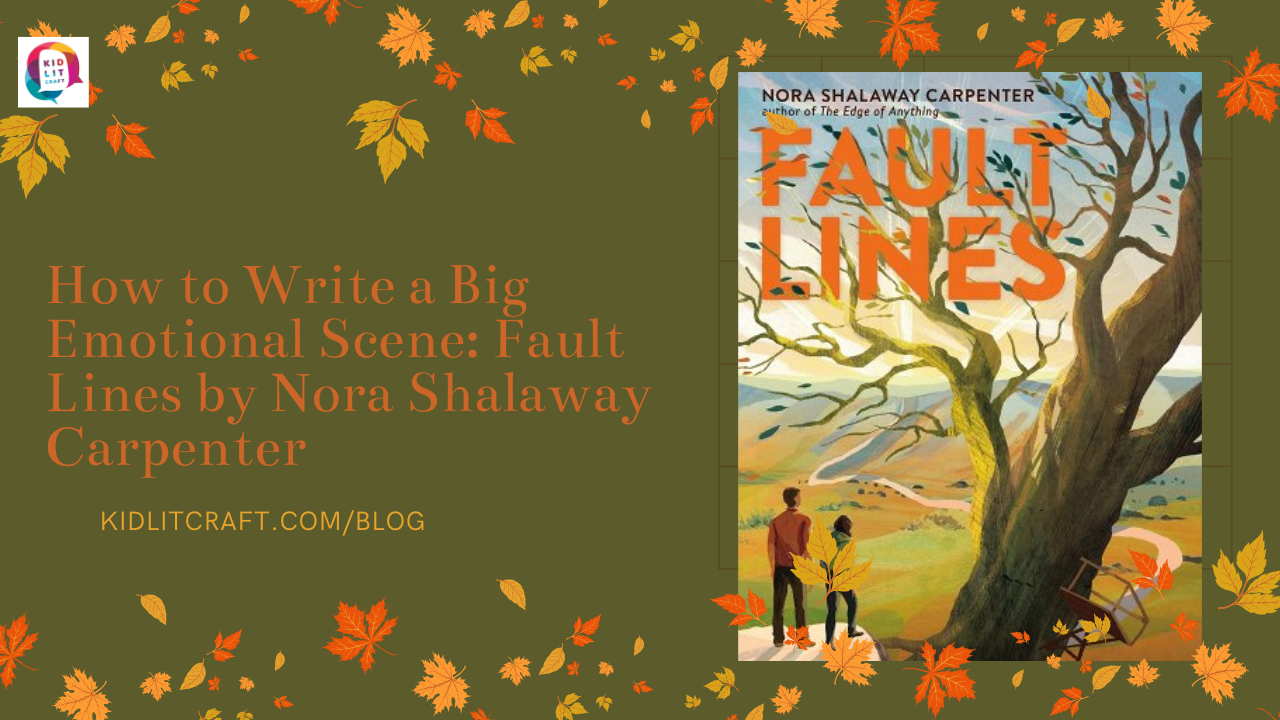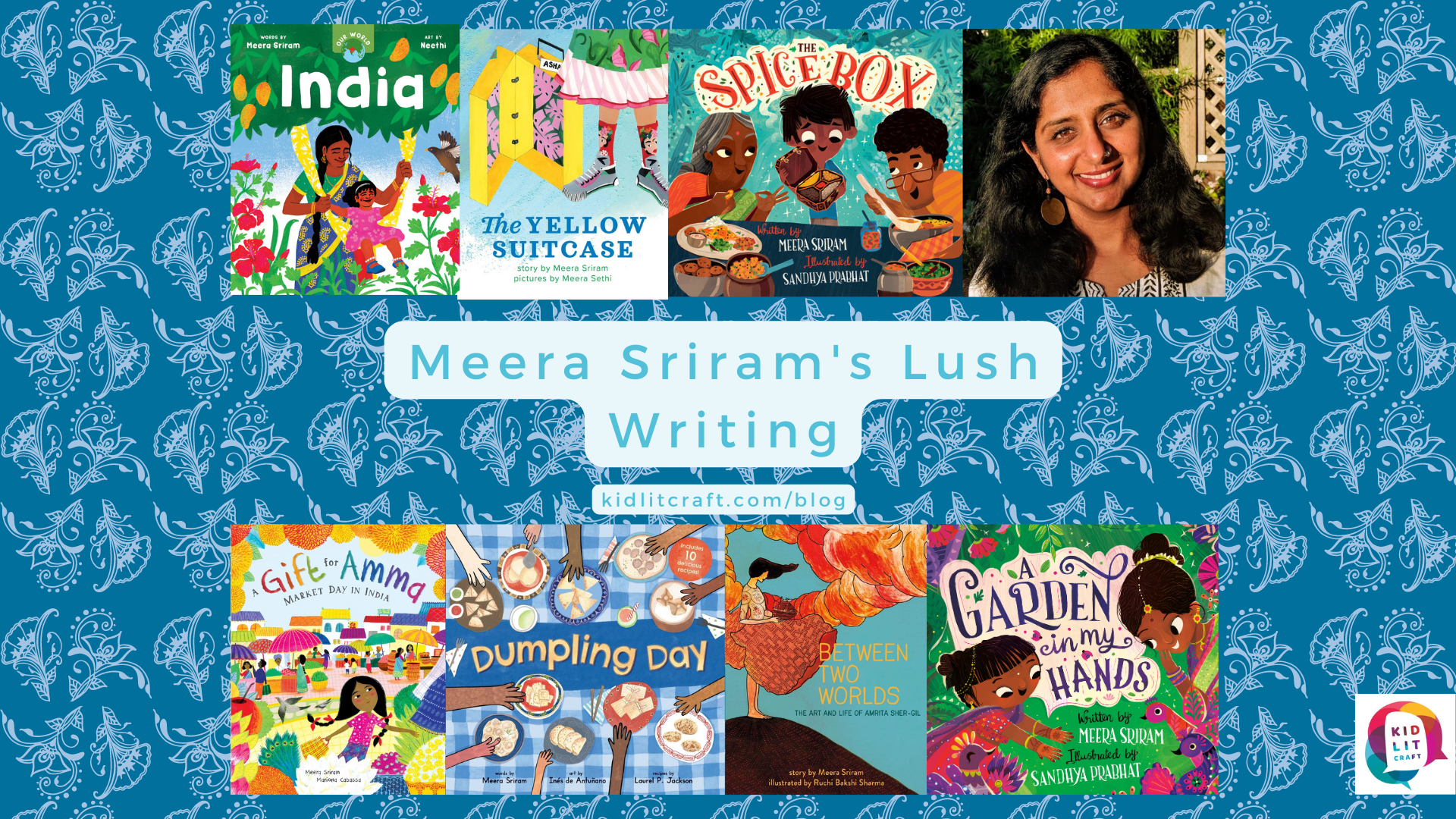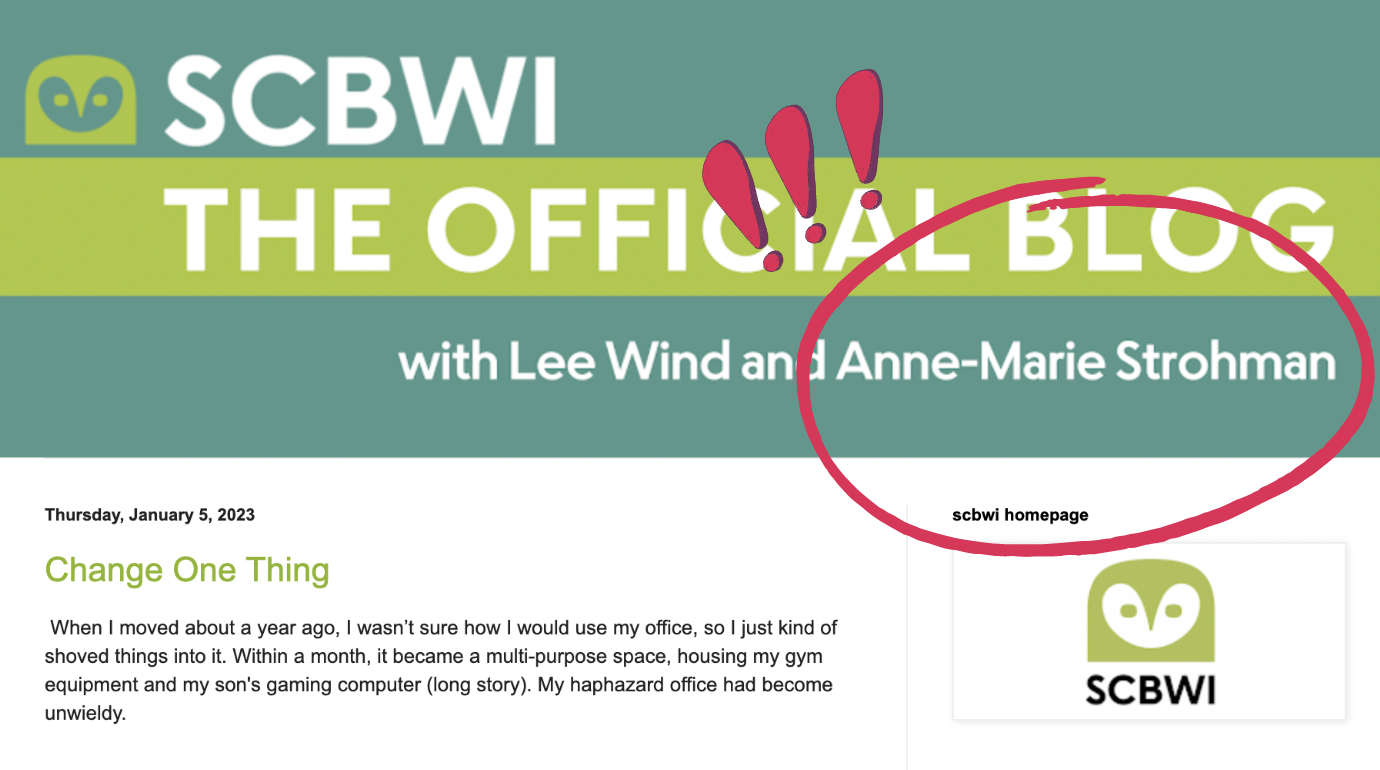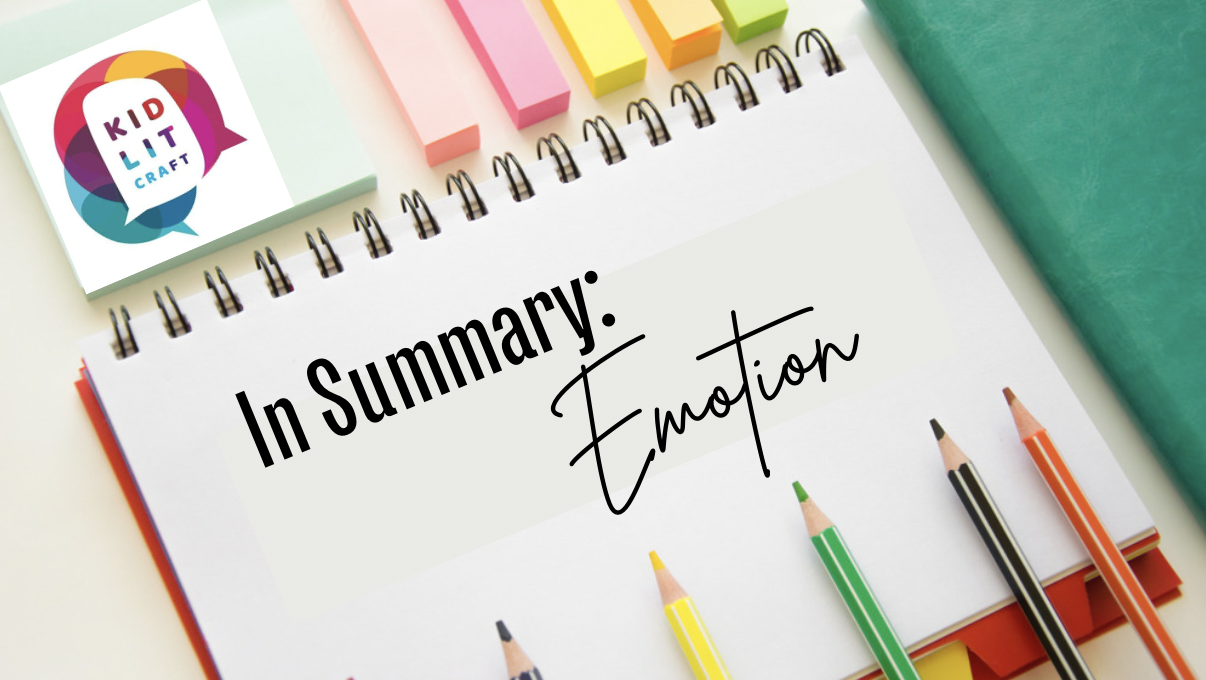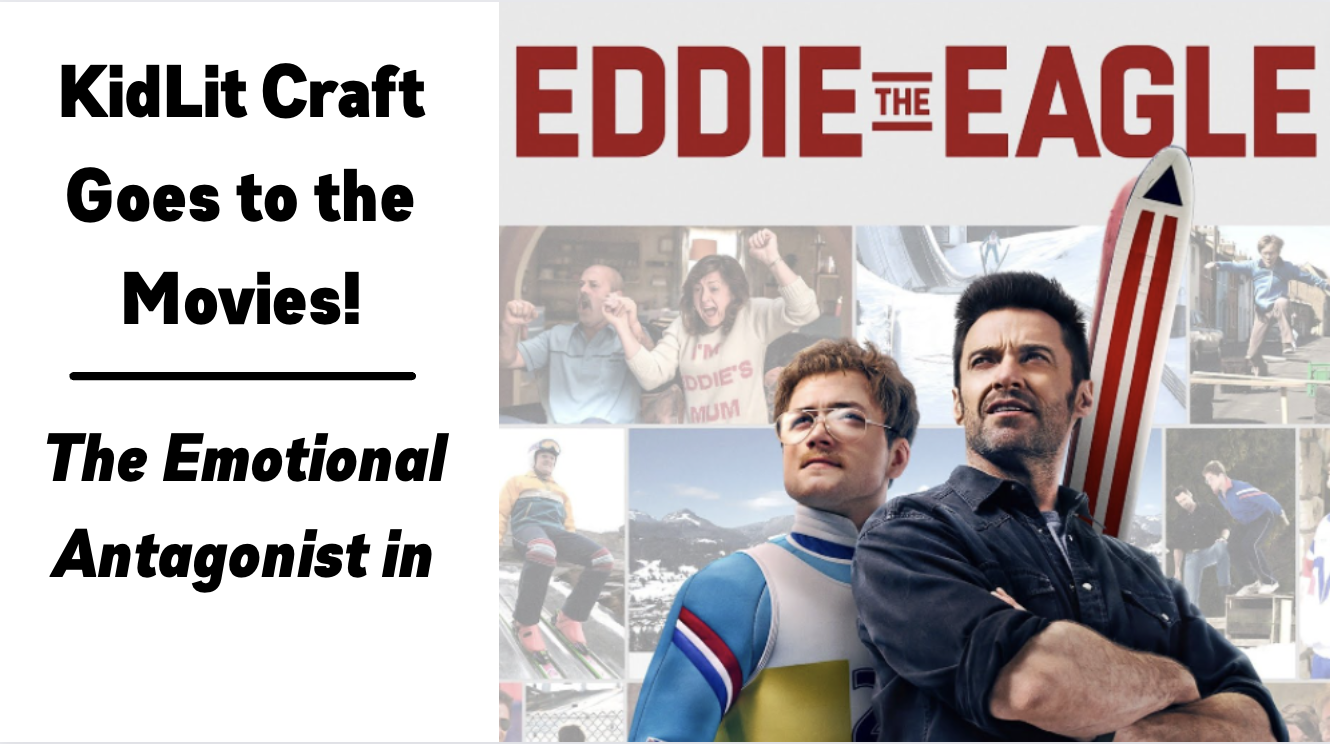hello!
JOIN US IN EXPLORING OTHERS' CRAFT AND BUILDING OUR OWN
Danielle Dufayet’s picture books plant seeds in children’s minds and hearts about important topics like self-love, inner strength, patience, and letting go of perfectionism when creating art.
Nora Shalaway Carpenter’s YA novel Fault Lines is a study in contrasts. It’s the story of Viv, a high school senior who lives in rural West Virginia, and Dex, a boy in her grade who moves to town. Viv lives a middle class life; Dex is only recently out of extreme poverty. Viv is anti-fracking; Dex’s mom works on the pipeline. But Viv and Dex are drawn to each other. This dual point of view novel barrels straight toward a huge conflict between these two characters. Carpenter handles the moment of greatest conflict with deft hands. Let’s take a look at how she helps readers connect with the characters’ emotions without getting maudlin.
Meera Sriram’s picture books are a master class in evocative writing. Her superpower is making her stories feel lush, by providing a sensory and emotional experience that culminates in a satisfying payoff.
In January 2023, I had the pleasure of being the guest blogger for The Official SCBWI (Society of Children’s Book Writers and Illustrators) Blog. Here are links to the posts, in case you missed them.
Our summer series, In Summary, draws together a number of posts from are archives on specific craft topics. Today’s posts offer strategies for how to capture your characters’ emotions, communicate them to your readers, and make your reader feel something too.
Some great stories make use of what Melanie Jacobson calls the emotional antagonist. The emotional antagonist is on the protagonist’s side, but the protagonist doesn’t have their approval or support.Jacobson believes emotional antagonist can be a powerful addition to a book because it gives a story an extra satisfying ending–a resolution with the emotional antagonist. We can see the emotional antagonist in action in Eddie the Eagle (2015).

